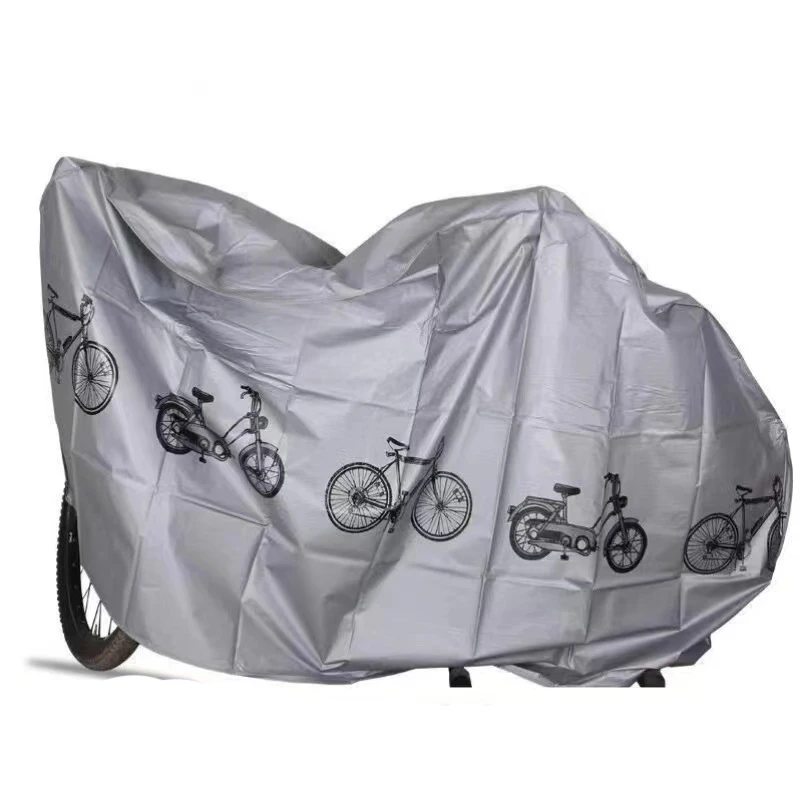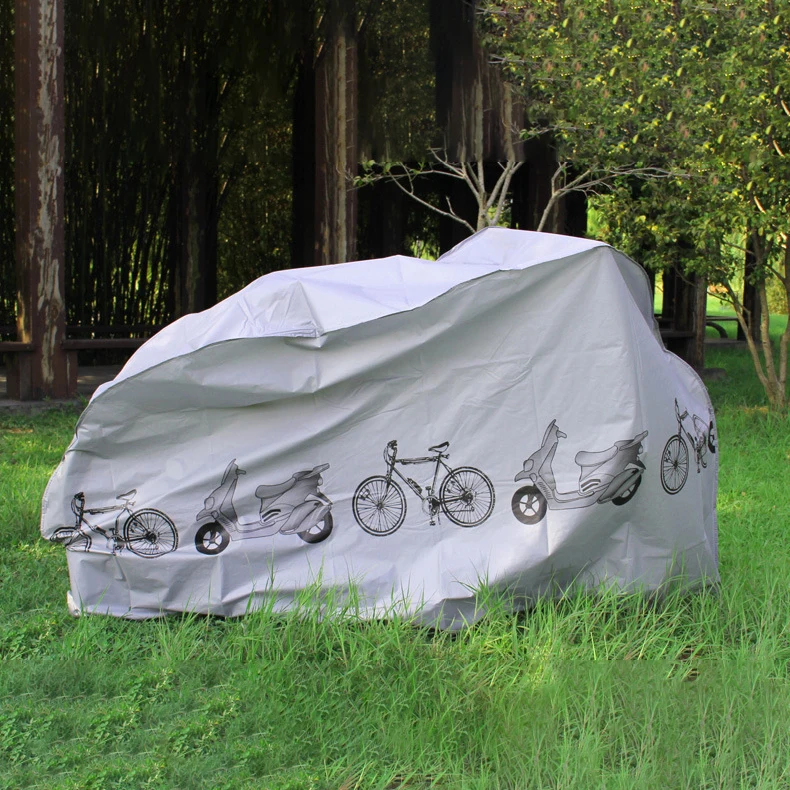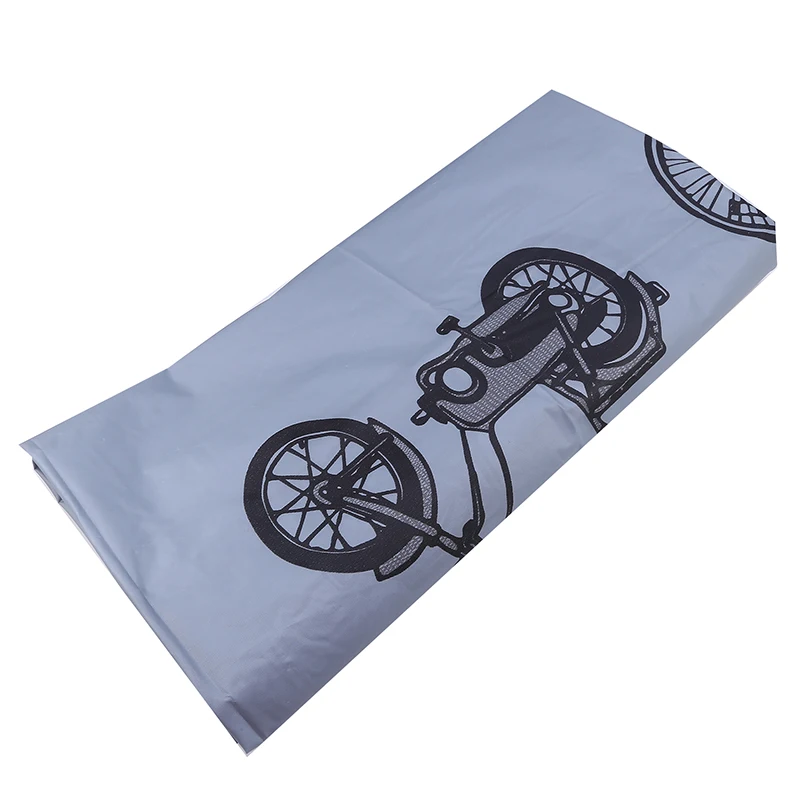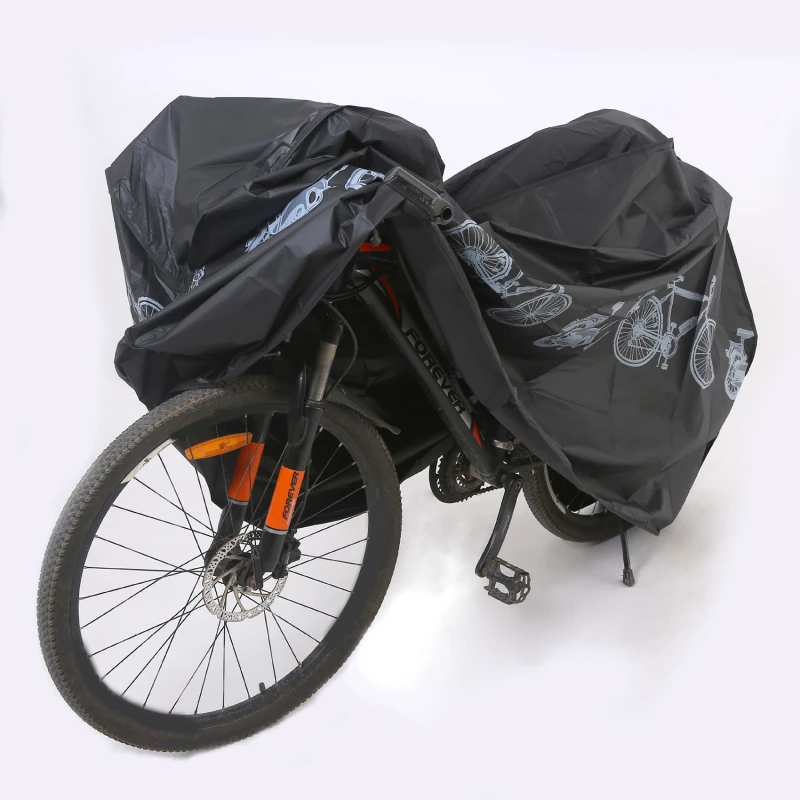I. Introduction

A. Importance of Bicycle Covers
When it comes to protecting your bicycle, a bicycle cover can be an essential accessory. Whether you are an avid cyclist or just someone who occasionally rides for leisure, keeping your bicycle safe and well-maintained is crucial. Bicycle covers offer a range of benefits, from protecting your bike from the elements to providing an added layer of security against theft and vandalism.
In this article, we will explore the importance of bicycle covers and delve into why using them is essential for every cyclist. We will also discuss the various types of covers available for both indoor and outdoor use. So, let’s dive in and find out why bicycle covers should be a part of every cyclist’s arsenal.
II. Why Use a Bicycle Cover?
A. Protection from the Elements
- Shielding against Rain and Moisture
One of the primary reasons to use a bicycle cover is to protect your bike from rain and moisture. Exposure to water can lead to rust, corrosion, and damage to electronic components. A waterproof bicycle cover can keep your bike dry and in optimal condition, ensuring its longevity.
- Preventing Sun Damage
Excessive exposure to sunlight can cause paint fade, discoloration, and deterioration of various bicycle components. UV rays can also degrade rubber and plastic parts. By using a UV-resistant bicycle cover, you can shield your bike from harmful UV rays and keep it looking new.
B. Security Measures
- Discouraging Theft and Vandalism
Bicycle theft is a common concern for cyclists. A bicycle cover can act as a deterrent by concealing the bike from potential thieves. It makes it harder for them to determine the value and desirability of the bike, reducing the likelihood of theft. Additionally, covers can protect against acts of vandalism, as they make it less convenient for vandals to target your bike.
- Maintaining Privacy
Some cyclists might prefer to keep their bicycles out of sight for privacy reasons. Whether you live in a crowded apartment building or simply value your privacy, a bicycle cover can offer a discreet way to keep your bike hidden from prying eyes.
III. Types of Bicycle Covers
A. Indoor Bicycle Covers
- Dust Covers
Indoor bicycle covers designed for dust protection are made from lightweight and breathable materials. They prevent dust particles from settling on the bike’s surfaces, reducing the need for frequent cleaning and maintenance.
- Storage Bags
Storage bags are another type of indoor bicycle cover that provides full coverage and protection. These bags are designed to be zippered and can accommodate the entire bicycle, making them an excellent choice for storage in small spaces.
B. Outdoor Bicycle Covers
- Waterproof Covers
Outdoor bicycle covers need to be able to withstand rain, snow, and other moisture. Waterproof covers are made from durable materials with special coating or layers that repel water. They provide excellent protection against rain, ensuring your bike stays dry even in the harshest weather conditions.
- UV-Resistant Covers
UV-resistant covers are specifically designed to shield your bike from harmful ultraviolet rays. These covers have a protective layer that blocks UV radiation from reaching your bike’s surfaces. By preventing sun damage, these covers help maintain the overall aesthetics and condition of your bicycle.
IV. Factors to Consider When Choosing a Bicycle Cover
When it comes to protecting your valuable bicycle from the elements, a bicycle cover is an essential accessory. However, with so many options available on the market, it can be overwhelming to choose the right one. In this article, we will discuss the key factors to consider when selecting a bicycle cover to ensure maximum protection for your beloved ride.

A. Material and Durability
- Weather-Resistant Materials
The primary purpose of a bicycle cover is to shield your bike from rain, snow, sun, and other weather conditions. Therefore, it is crucial to choose a cover made from weather-resistant materials. Look for covers that are made from waterproof and UV-resistant fabrics such as polyester or nylon. These materials will help prevent water from seeping through and protect your bike’s paint from fading due to sun exposure.
- Sturdy Construction for Longevity
Investing in a high-quality cover with sturdy construction is essential for long-term use. Check the seams and stitching of the cover to ensure that they are reinforced and durable. A well-constructed cover will not only provide better protection but also have a longer lifespan.
B. Size and Fit
- Matching the Cover to Your Bicycle
When selecting a bicycle cover, it is crucial to choose one that matches the size and shape of your bicycle. Ill-fitting covers can leave your bike exposed to the elements and increase the risk of damage. Measure your bike’s length, width, and height, and choose a cover that offers a snug fit.
- Adjustable Features for Adaptability
Some bicycle covers come with adjustable features such as drawstrings or elastic bands. These features allow you to customize the fit of the cover to ensure maximum protection and reduce the risk of the cover blowing off in windy conditions.
C. Portability and Convenience
- Lightweight Designs for Easy Handling
Portability is an essential factor to consider, especially if you plan to use the cover for commuting or traveling. Look for lightweight covers that are easy to carry and handle. Lightweight covers are also convenient for quick storage when not in use.
- Compact and Easy to Store
Consider the storage space available to you when choosing a bicycle cover. Opt for covers that can be folded or rolled into a compact size for easy storage. Some covers come with their storage bags, making it even more convenient to keep them organized when not in use.
V. Maintenance and Care Tips
A. Cleaning and Washing Instructions
- Proper Washing Techniques
To ensure the longevity of your bicycle cover, it is crucial to follow proper cleaning techniques. Refer to the manufacturer’s instructions for specific washing instructions. In general, it is recommended to hand wash the cover using mild detergent and cold water. Avoid using harsh chemicals or bleach, as they can damage the cover’s waterproofing properties.
- Drying and Storage Recommendations
After washing, allow the cover to air dry completely before storing it to prevent the growth of mold or mildew. Avoid using a dryer or exposing the cover to direct sunlight for an extended period, as it can damage the fabric.
B. Maintenance for Long-Term Use
- Inspecting for Wear and Tear
Regularly inspect your bicycle cover for any signs of wear and tear. Look for frayed edges, holes, or weakened areas that may compromise the cover’s functionality. Repair or replace the cover as needed to ensure adequate protection for your bike.
- Addressing Issues Promptly
If you notice any issues with your bicycle cover, such as tears or water leakage, address them promptly. Small repairs can prevent further damage and extend the lifespan of the cover. Consider using repair patches or a waterproofing spray to fix minor issues.
In conclusion, choosing the right bicycle cover is crucial for protecting your bike from the elements and ensuring its longevity. Consider factors such as material and durability, size and fit, and portability and convenience when making your selection. Additionally, follow proper maintenance and care tips, including cleaning and washing instructions and addressing any issues promptly. With the right bicycle cover and proper care, you can ensure that your bike remains in pristine condition for years to come.



